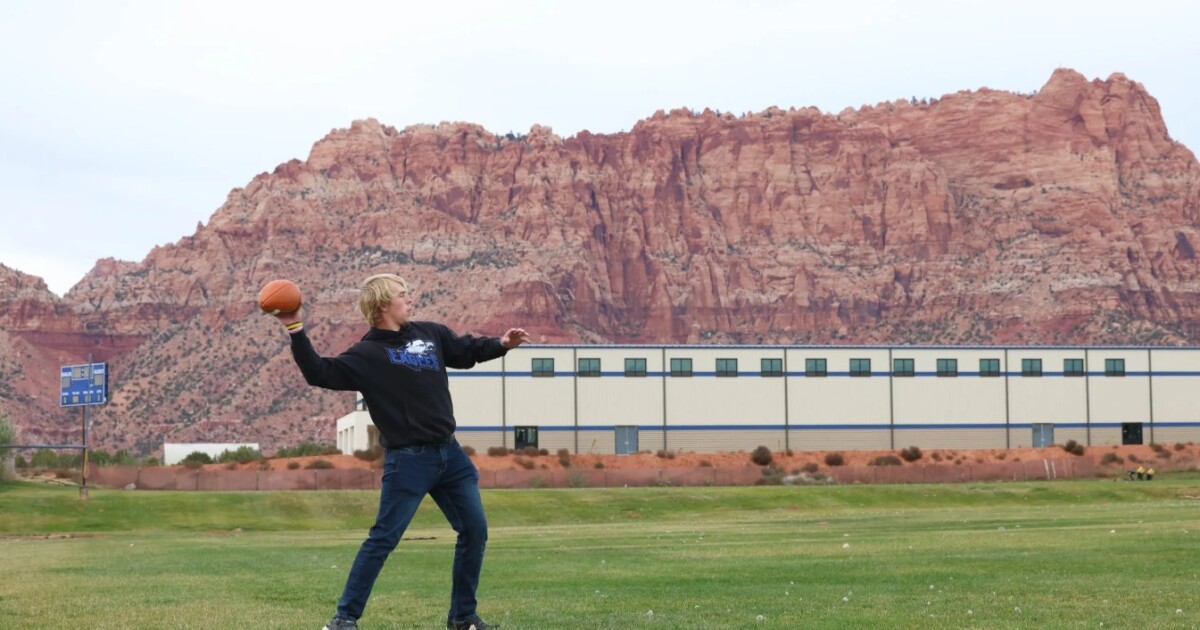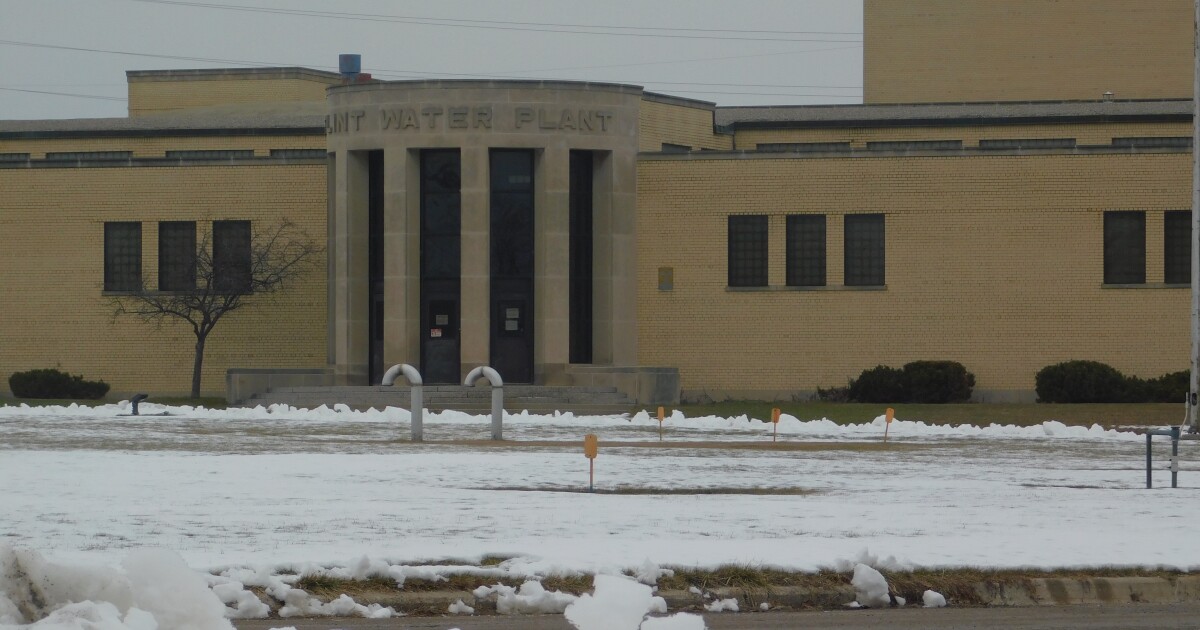Unexpected snowfall at higher elevations caught northwest Montana off guard as summer officially began, even as a couple exchanged vows amid a snowy Whitefish Mountain backdrop, creating viral wedding news. The storm brought rain to lower areas, with some regions seeing over three inches of rain. While lawns turned greener and fire risks slightly decreased, Flathead Lake’s water situation remained unchanged.
Drought impacts are hitting Flathead Lake, the largest freshwater lake west of the Mississippi, for the second time in three years. Brian Lipscomb, CEO of Energy Keepers, the operator of the Séliš Ksanka QÍispé Dam, deals with the challenges of balancing environmental, economic, and recreational needs.
Energy Keepers were granted permission by the U.S. Department of the Interior last month to reduce dam flows to maintain Flathead Lake near full pool during summer. Though this decision affects downstream streamflows and power generation, officials hope increased river water in late summer will counteract these effects.
By cutting required flows by 45%, from 12,700 to 7,000 cubic feet per second, the lake will be within a foot of full pool for 46 days and within 18 inches for 62 days. Without this action, it would stay within 18 inches for just nine days. Yet, by August 31, the lake is still expected to be three feet below full pool.
Typically, Flathead Lake starts low at 2,884 feet datum and fills in April and May, reaching full pool of 2,893 feet by June, remaining steady until after Labor Day.
“They want more because they want more, but that would mean even greater sacrifices downstream.”
Brian Lipscomb, CEO, Energy Keepers
Some groups, including the National Organization to Save Flathead Lake, criticize Energy Keepers, voicing concerns that keeping the lake level is crucial for tourism and recreation. They advocate matching outflows with inflows and suggest releasing more water from Hungry Horse Dam, which could drop its level by five feet while raising Flathead Lake by one foot.
“Collectively, these positive steps will help Flathead Lake area businesses, community activities, irrigators, and recreationists,” the group stated, emphasizing the importance of maintaining lake levels for safety and business.
Lipscomb acknowledges these concerns but emphasizes the broader context, noting that Flathead Lake will be the only reservoir near full pool amidst ongoing droughts. Hungry Horse is two feet below full pool, while Dworshak Reservoir is five feet below and could reach nearly 60 feet below by summer’s end.
“They want more because they want more, but that would mean even greater sacrifices downstream,” Lipscomb commented.
The National Weather Service in Missoula predicts persistent drought. June brought above-normal warmth and below-average rainfall across western Montana, with many regions in moderate to severe drought.
Lipscomb foresees even more difficult years ahead for regional water managers.
“This is a reality that we’re just going to have to adjust to,” he noted. “Our world is changing.”
—
Read More Montana News










